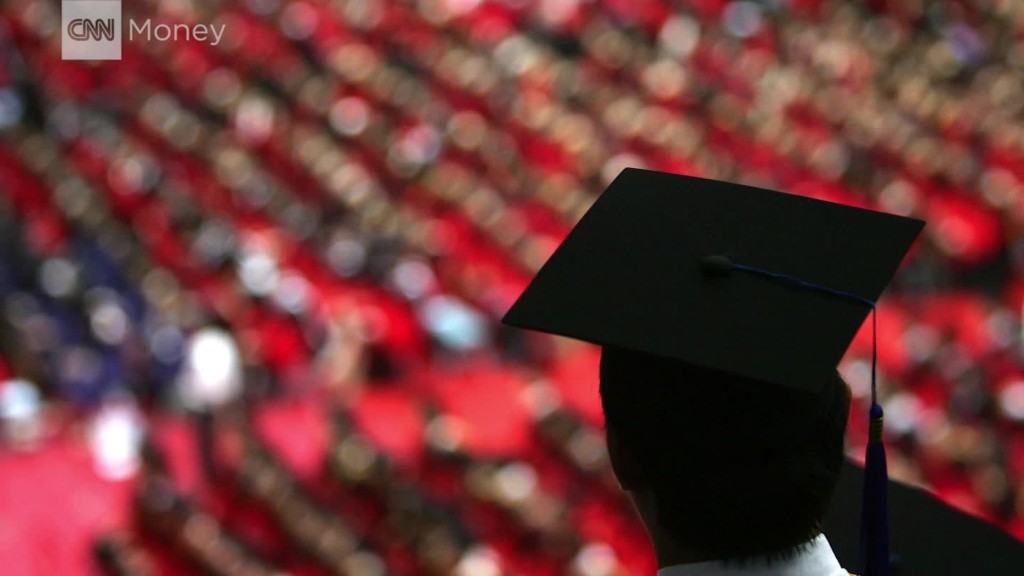
The Department of Education may make it easier for people filing for bankruptcy to get out of their student loans.
Currently, borrowers must still repay their student loans even if their other debts have been wiped away after filing for bankruptcy -- unless they can prove a high standard of financial hardship. According to federal law, borrowers must show "undue hardship."
The Department of Education is reviewing that standard and is seeking public comment on the issue, it announced this week.
The department cannot change the law. That would require Congressional action. But the agency can issue guidance on how "undue hardship" is defined. It also can influence how aggressively its attorneys litigate these claims.
Judges generally require borrowers show that they cannot maintain a "minimal standard of living" if forced to repay the loans, that their circumstances won't change for a significant amount of time, and that they've made "good faith efforts" to repay the loan before filing bankruptcy, according to the government.
Related: The case for canceling all student debt
Consumer advocates say the courts interpret the "undue hardship" standard too strictly. It discourages some people who would be eligible for a student loan discharge in bankruptcy from even trying to claim it, said said John Rao, an attorney at the National Consumer Law Center.
One study found that in only one of about 300 bankruptcy cases where the person had student loans did they seek forgiveness.
The borrowers who file for bankruptcy probably haven't been able to make loan payments in some time, and don't have the resources to end up in litigation, Rao said.
Borrowers default on their federal student loans when they fail to make a payment for nine months. There are more than 4 million student loans currently in default.
Public comments must be submitted to the government online or by mail by May 22.
